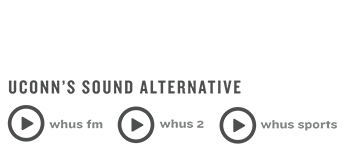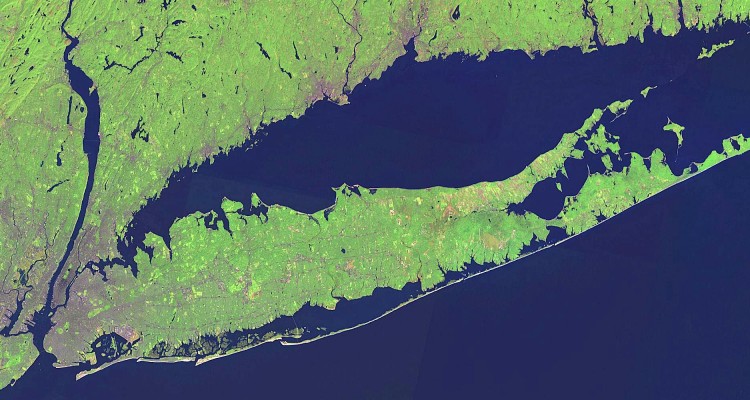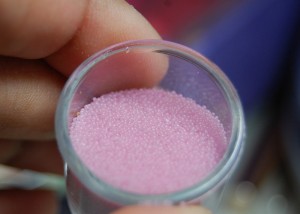Listen to the story below.
The Connecticut legislature’s 2015 session saw great strides in the environmental arena. The Connecticut League of Conservation Voters released its 2015 Environmental Scorecard last week, which evaluates how members of the state legislature vote on environmental and public health bills.
This year, the scorecard breaks down how each elected official voted in 30 separate votes, counted in committee, the House, and the Senate. Sixteen different bills were considered in the report, including legislation that was deemed by the CTLCV to be unfavorable, as well as legislation that protects the environment.
Six major initiatives were passed. We’ll examine three of them.
Microbeads
According to executive director of the CTLCV Lori Brown, new laws on microbeads put Connecticut at the top of the nation.
That would help to restrict and ban, after a two year phase in, these plastic microbeads that get into our waterway, absorb toxins, pass up the food chain and ultimately are devastating for aquatic life and ultimately Long Island Sound, and humans.
Illinois has passed similar industry-backed legislation banning the sale and production of plastic pellets less than 5 millimeters in size that are used in cosmetics such as face scrubs and toothpastes. What makes Connecticut’s law different is that it closes the loophole that provides a blanket exemption for biodegradeable plastics that have not been shown by scientific studies to actually biodegrade in aquatic environments.
Pesticides
The second piece of major legislation is the expansion of the pesticide ban. Lori Brown again:
This was the first time we’ve actually had some movement, some good progress on helping to restrict the exposure of pesticides to children by restricting them from municipal playgrounds, but at the same time giving better notification so parents can know when their children may be exposed, and also providing a new tool for groundskeepers to deal with the grub situation
Brown says the pesticide ban hadn’t seen any movement since 2009 as a result of industry opposition and a misunderstanding of what the bill was trying to do. She also says that work on pesticides is a battle that will continue next session, in an effort to expand restrictions on pesticides near high schools, as well as on lawns in state parks.
Long Island Sound Inventory and Blue Plan
The Long Island Sound Inventory and Blue Plan was passed by the legislature this spring. It was spearheaded by the Nature Conservancy as well as legislators on both sides of the aisle. This legislation sets up a structure that allows Connecticut and New York to work together to resolve issues relating to the Sound. Brown explains:
The first part of that is really assessing what’s in the Sound? What are the uses of the Sound? Where are the shellfish beds, where are different types of aquatic life? Where are the recreation or shipping lines located?
While this data is available, it’s never been plotted on the same map. If someone wanted to use it, they would need to pull from a variety of resources.
Overlaying all that information to be able to identify and help guide when there are projects that are being proposed for the Sound. If they’re going to something, do it with the best science available, understand what’s there, what you’re impacting.
Next session, Brown says voters will see the organization working with legislators to expand community solar power, and the resurrection of a “very ambitious” ban on single use plastic bags that failed to make it to a vote this session.



